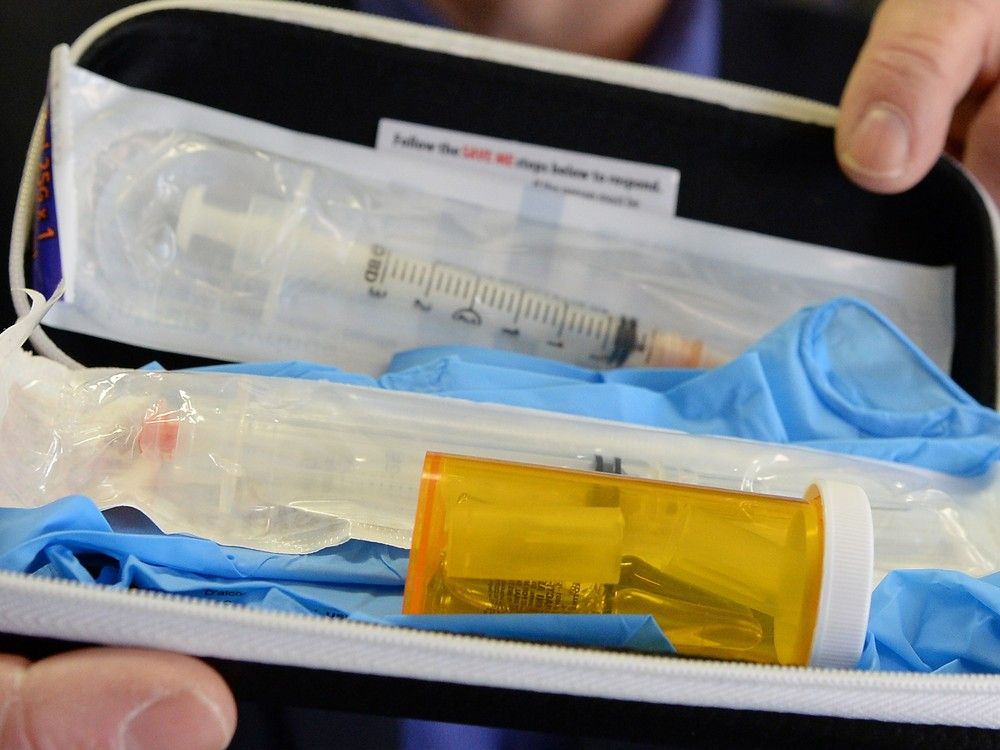
All definitions of risk have two components: probability and outcome. When considering something that requires knowledge of exposure, we are no longer talking about risk. Instead, we’re talking about expected value.
To illustrate, “there is a one-in-a-million chance of a jet crashing” is a statement about risk, and it applies to every flight. “We expect one jet to crash every 10 years” is a statement about expected value. These terms are directly related, but they are not the same thing.

Once exposure is added to the equation, referring to risk (such as “collective risk”) is an incorrect usage of the term. It is possible to make an expected value statement in a way that resembles a statement about risk. This is done through a mathematical magic trick that employs a formula derived from the binomial distribution.
The result is a statement like, “There is a 95% chance of no jets crashing in the next 10 years.” This looks like a statement about risk because it has a probability term and an outcome, but the statement relies on exposure, such as the number of flights in 10 years. So, it’s not a statement about risk, and it can’t be applied to individual aircraft.
Using these tools incorrectly can lead to (and has led to) fatal decision errors. Motor vehicle operation illustrates the problem created by confusing risk with expected value. Suppose drivers average one trip each day (exposure), and the probability of having an accident is 1 in 10,000 trips (risk).
If we combine these, there is about a 3% chance of having an accident (or a 97% chance of not having one) in any year. Now suppose the risk of having an accident while driving drunk is 100 times higher than normal, a risk that is unacceptable. Simply stated, it’s unsafe every time you get behind the wheel when you’re drunk.
Here’s where the magic happens: We can calculate the annual number of drunk trips that result in the same chance of having an accident as driving sober. In this case, if someone only drives drunk three times during the year, the chance of not having an accident is 97%. This sleight-of-hand calculation makes driving drunk appear safe, so long as you only do it three times per year.
Sign up for Viewpoints, an opinion newsletter This is the error the Federal Aviation Administration made with the Boeing 737 Max when the risk of that aircraft having an accident due to a maneuvering characteristics augmentation system (MCAS) failure was found to be much higher than what is considered acceptable for commercial aviation. After the Lion Air crash in October 2018, the FAA rolled the dice and allowed the jet to continue flying with an exposure limit of 150 days. Ethiopian Air Flight 302 crashed 132 days later.
This should have been a sobering lesson, but instead the FAA’s Air Traffic Organization has doubled down on risk management magic, formalizing policy that uses expected value to make unacceptable risk seem acceptable. The risk of a catastrophic aircraft accident due to a commercial space launch is about 100 times higher than what is considered acceptable in airspace beneath a space vehicle’s trajectory. The new policy rolls the same dice again, once again mistaking an exposure limit for risk mitigation.
While the FAA’s gambling habit is disturbing enough, it is even more troubling that the agency is effectively issuing blindfolds to the flying public along with this policy. That is, if you are on a flight where the safety risk is unacceptable, the FAA will not notify you, nor will it require the air carriers to notify you. Instead, it seems they would rather notify your next of kin.
Alan Bell, Ph.D., of Virginia Beach is a retired Navy pilot and controller with 15 years’ experience providing safety risk management support as a consultant to NASA, the Department of Defense and various offices within the FAA.
.















